Light influences almost every design decision. It defines how you decorate, where you place your furniture, what colours you choose and how your space will feel.
Light influences our mood (have you ever noticed how fast-food chains have a bright and cold light that creates an atmosphere that doesn’t make you want to hang around?) and light connects.
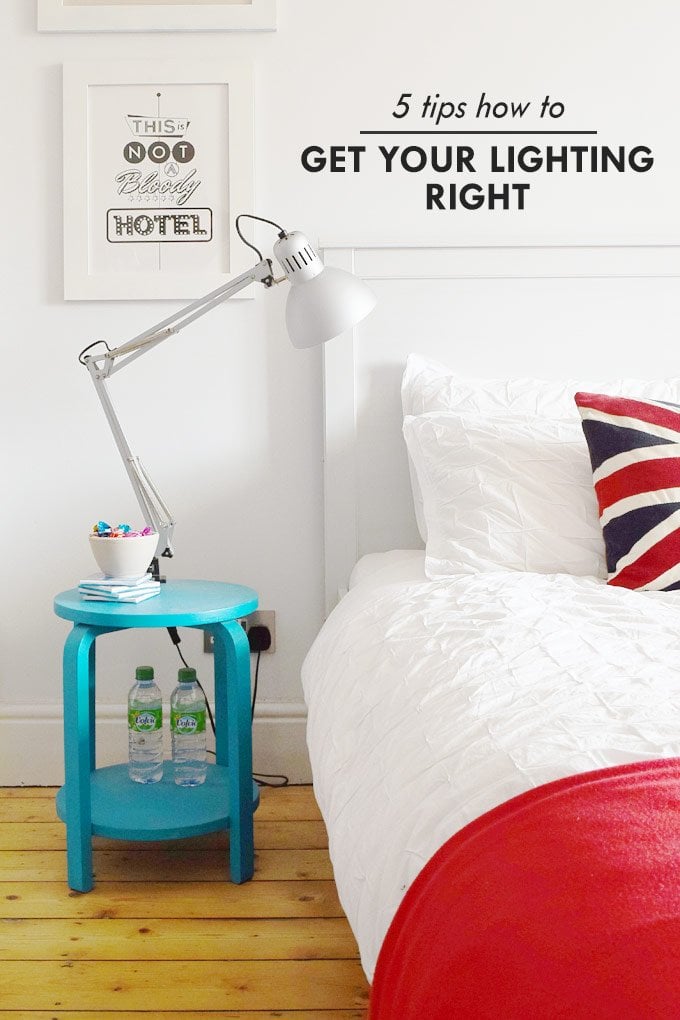
It’s an important aspect of any room and design. It has the power to completely transform a space. It can accentuate parts of the room you want to show off, make a space feel larger (or smaller) and can help create a perfect atmosphere.
Even a perfectly styled room can be let down by poor lighting, but it’s not an easy thing to get right and it’s something we always struggle to perfect.
Lighting is plannable and shouldn’t be an afterthought. It should be one of your main considerations when planning a space and it really doesn’t matter what kind of project you’re working on!
This post contains affiliate links. We only recommend products we love and think that you will, too! Read our full disclaimer here.
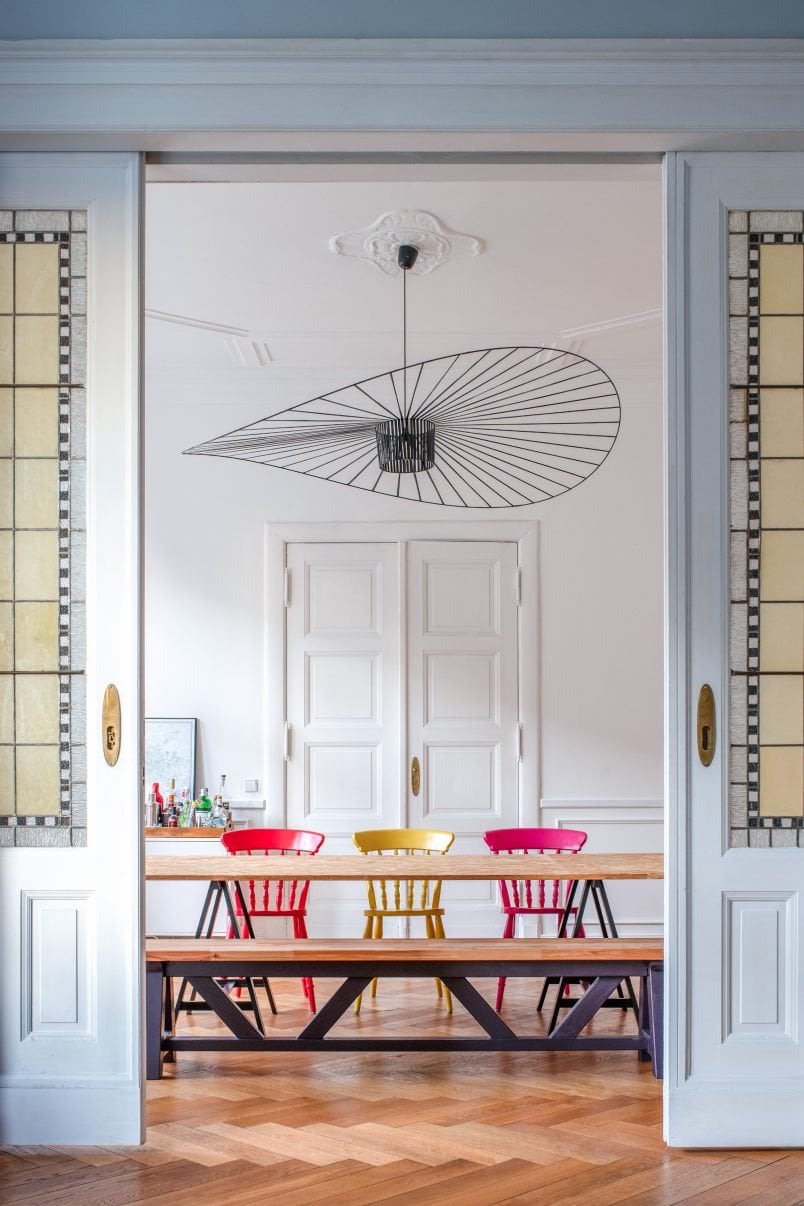
3 Types of Lighting
General (Ambient) Lighting
Classic ceiling pendant lamps in the middle of your room and downlights are popular general light sources. Lighting from above can be harsh, so it’s a good idea to add dimmers to be able to adjust your lighting when a softer atmosphere is called for.
Task Lighting
Any areas where you’re working, reading or carrying out any other type of work need to be well-lit with lighting that’s bright enough for you to be able to see what you’re doing. Practical lighting like a reading light or a desk lamp is essential for creating a functional space.
When dotted around the room, these pockets of light also help create depth and a well-lit space.
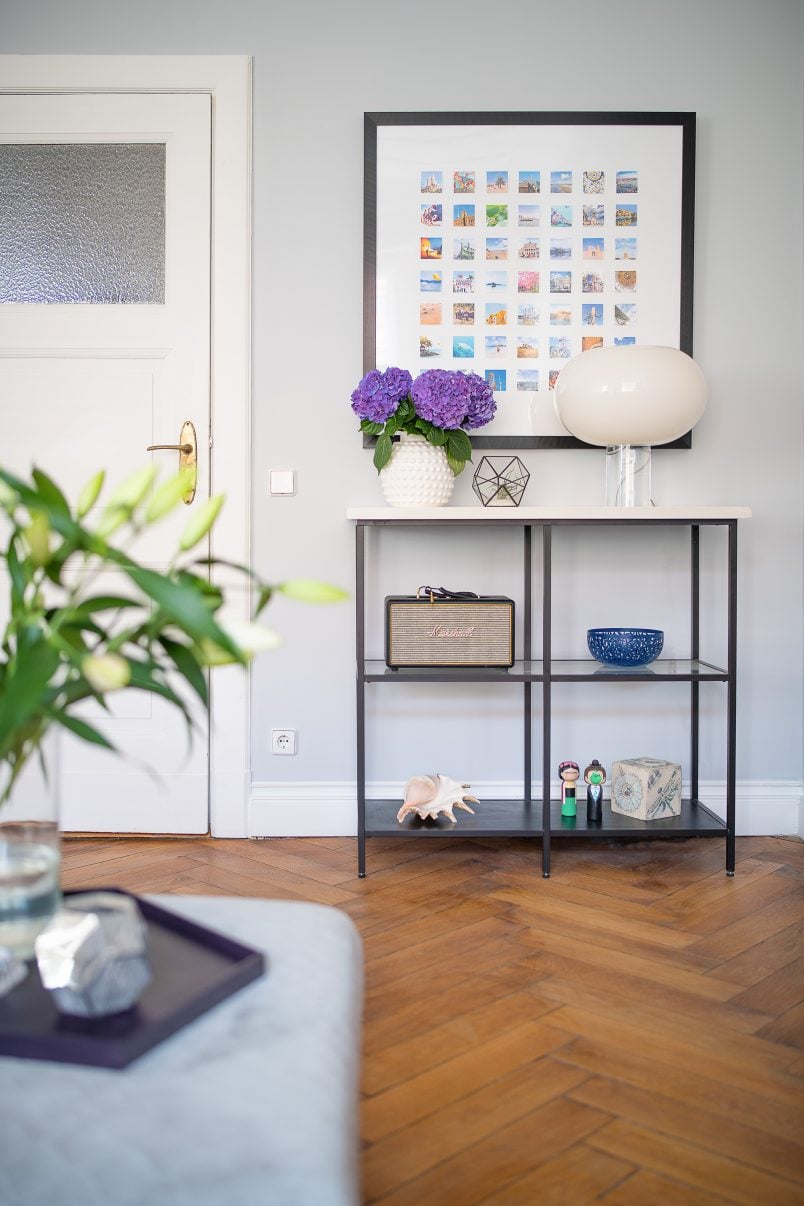
Console Table | Speaker | Blown Glass Lamp | Art | Bowl | Tray
Accent Lighting
A room that just has soft ambient and task light can feel quite boring so having a bit of fun and add interest with accent lighting. Accent lighting creates interest and atmosphere. You can also use it to accentuate architectural features of the room, artwork and furniture.
The most appealing rooms have a mixture of all three types of lighting and a balance is achieved through combining low-contrast and high-contrast lighting.
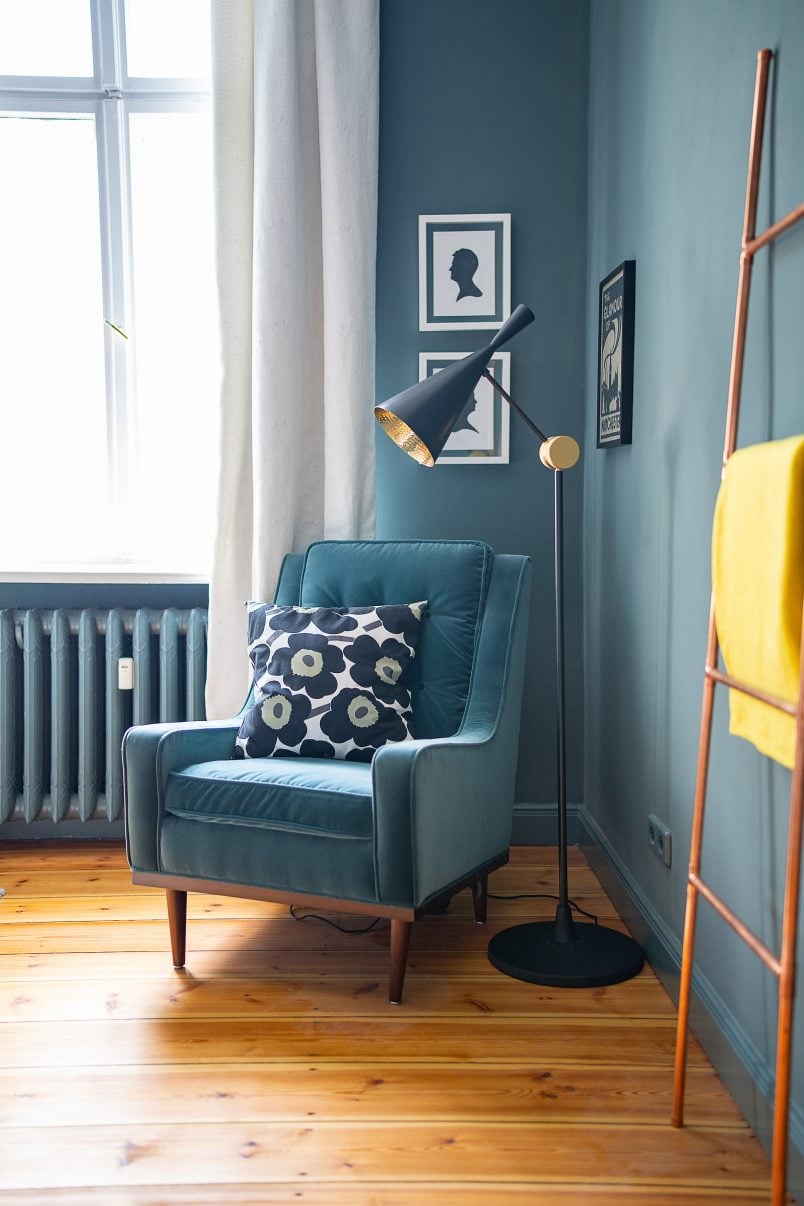
Floor Lamp | Cushion | Armchair | Paint Colour
In our living room, we have a selection of different light sources. We have a ceiling pendant for ambient light as well as a selection of table lamps and floor lamps with dimmers which we can adjust as necessary.
We also have a few candles dotted around – which in our opinion can also be classed as accent lighting.
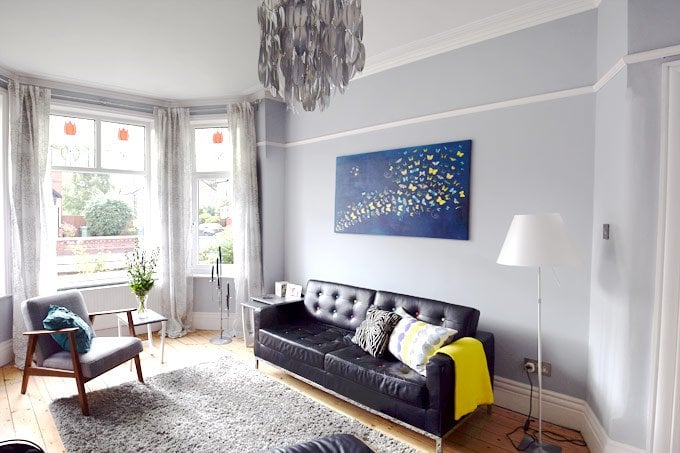
Our living room is by no means perfect though. We do still need more lighting – especially better task lighting.
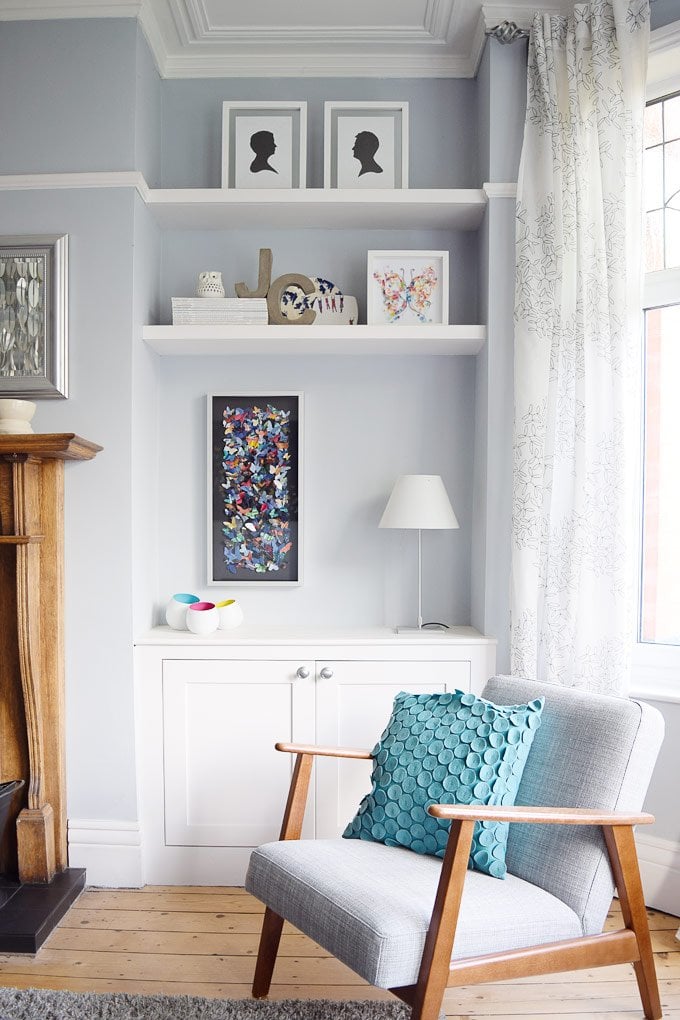
We would like to have at least another table lamp on a table next to our new armchair.
We tend to spend time there reading, so a bright light would be ideal – maybe a lamp that can be turned and adjusted to suit our reading position. We think that something similar to this one by Artemide would work well in our room.
There’s much more to light planning that just sticking a few lamps in a room and hoping for the best. You can read about how to plan your lighting in lighting design guides, but there are a few simple rules that you can things you can do to improve your space.
These are our top 5 tips to get your lighting right:
1. Add more than you think
It doesn’t mean that you have to turn your home into the Blackpool illuminations, but having a selection of lights that you can switch on and off as you require is important.
Depending on the time of day, the way you’re using the room and the atmosphere you want to create. It’s important to be able to adjust the lighting to suit your current needs.
2. Plan your lighting around the way you use the space
Think about how you use the room. Do you only use it during the day? Do you relax or work in it? Do you always sit in the same spot? All of these things will influence the type of lighting you will need for the room. Plan what you will use your room for and what kind of tasks you’ll be doing there.

3. Think about the mood
You’ll probably not want to have bright ceiling lights shining down on you if you’re cuddling to watch a movie, but equally, if you’re trying to work you’ll want to be able to see what you’re doing. It’s important to be able to switch all lights on and off independently.
4. Create Shadows
It may sound weird, but you actually want to create shadows. The contrast between light and dark is what creates interest.
A room without any shadow will feel monotone and uncomfortable and more like you’re in a waiting room than a part of your home. Through lighting zones, you create contrast, interest and variety. It’s the contrast between light and dark that makes rooms more interesting.
Try to avoid shadows that are too harsh though.
5. Be Flexible
Have a range of different lights in different locations. Different purposes will need different light. Have a mix of lamps with different types of light. Adding dimmers is also a great way of being able to adjust your lighting.
There are so many different ways of improving your lighting and we still have a long way to go before ours is perfect. If you’re looking for more advice there’s lots of information on the internet or you could, of course, get the help of an interior designer or light planner if you’re really stuck.
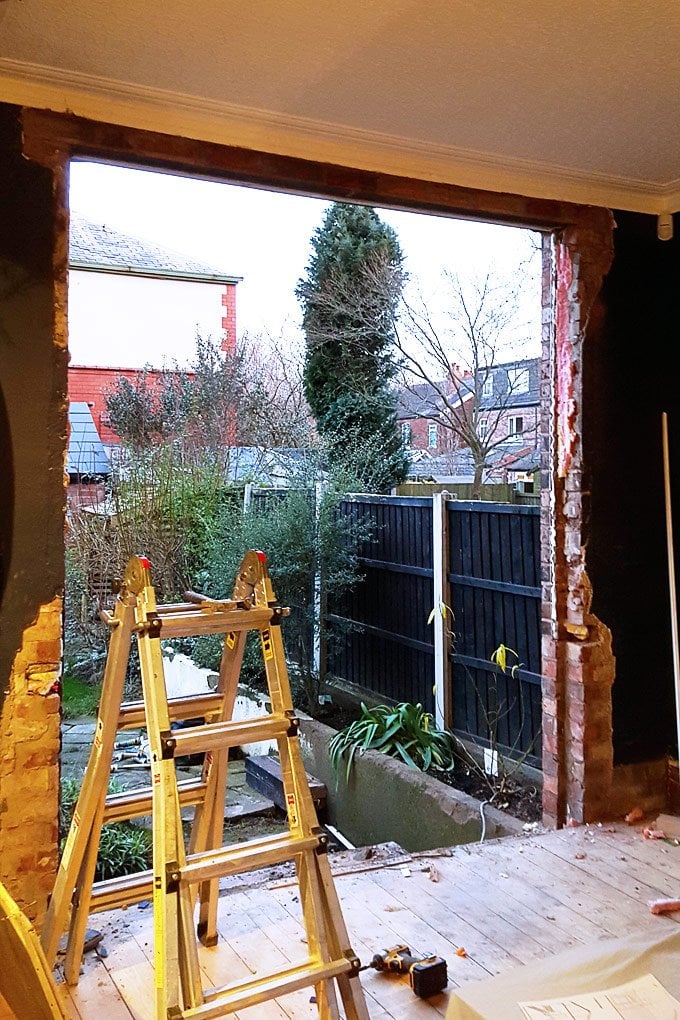
Planning Lighting When Renovating
When we start to plan any room we always begin by considering the light. When we started planning our home extension our main consideration was making sure that our space would be as light and airy as possible.
Did you know that light from above is around 30% stronger than light from the side? That’s why one of the main features of the extension was the glass roof which covered all of the new kitchen/dining extension.
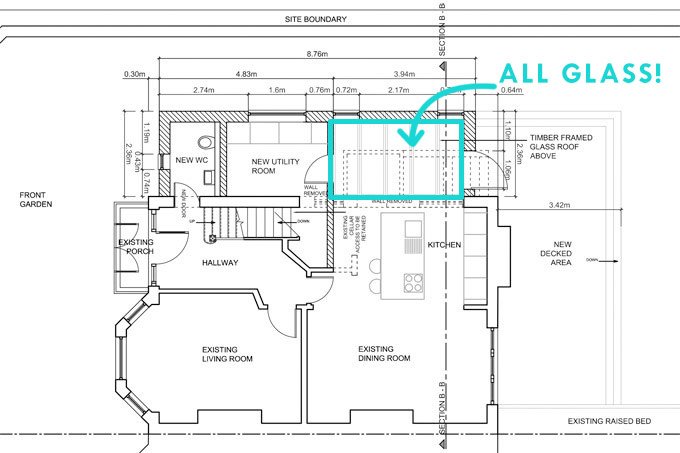
If you can’t have a full glass roof a great alternative is roof lights. They’re ideal for extensions and loft conversions and they can even be connected to each other to create one long band of light.
There are also Velux windows that can be controlled by remote and some even have sensors so they close automatically when it rains!
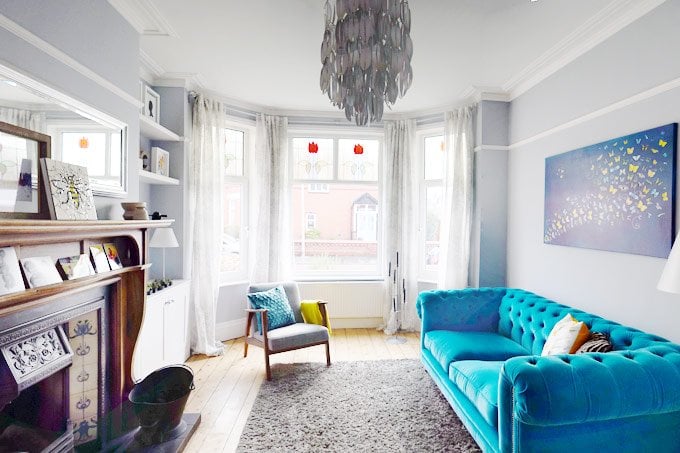
As lovely as it is to add large new windows there are always going to be less ideal situations where you have to work with what you have and can’t just go knocking holes into walls.
Use mirrors to bounce light around your room, add reflective surfaces, paint your walls light, use light curtains, keep your windows free to let as much light in as possible and add lots of artificial lighting.
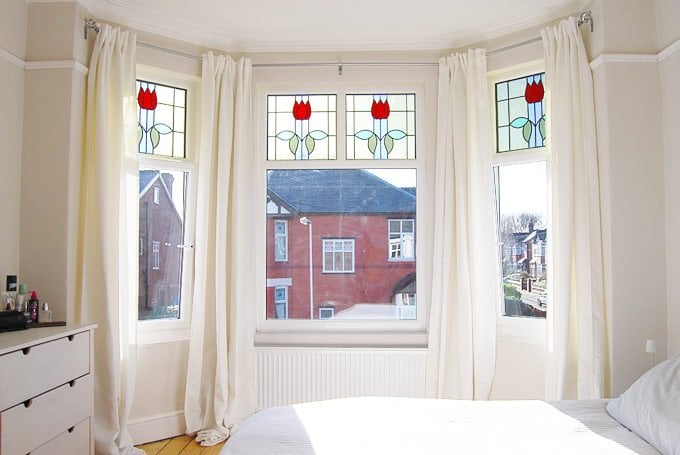
It’s unlikely that every room in your home is going to naturally be light and bright so if you have a dark room with a lack of natural light there’s another option, too. Instead of trying to fight it, work with it!
Even if you use every trick in the book, you’ll probably never manage to achieve a bright room if there’s just not enough natural light so embrace the dark side!
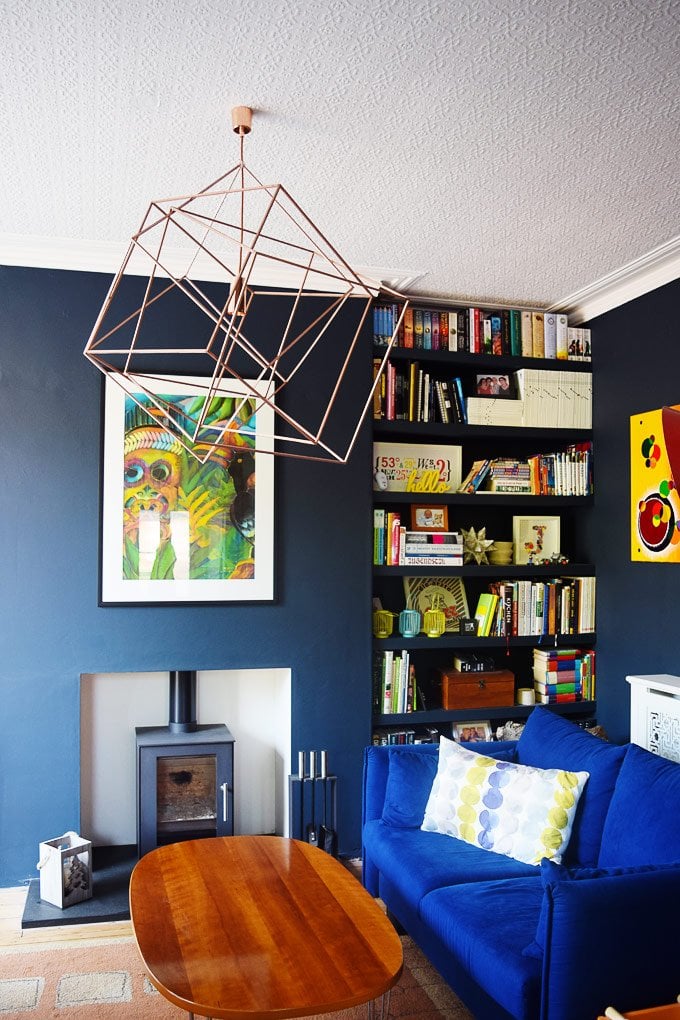
Although we love bright rooms, one of our favourite rooms in our home was the dining room which was probably the darkest room in our house. Instead of trying to make it light we instead painted it dark. Choosing to paint the walls a dark colour didn’t make the room darker, on the contrary, it accentuated everything that was placed in front of the dark background and created a super cosy and welcoming feel.
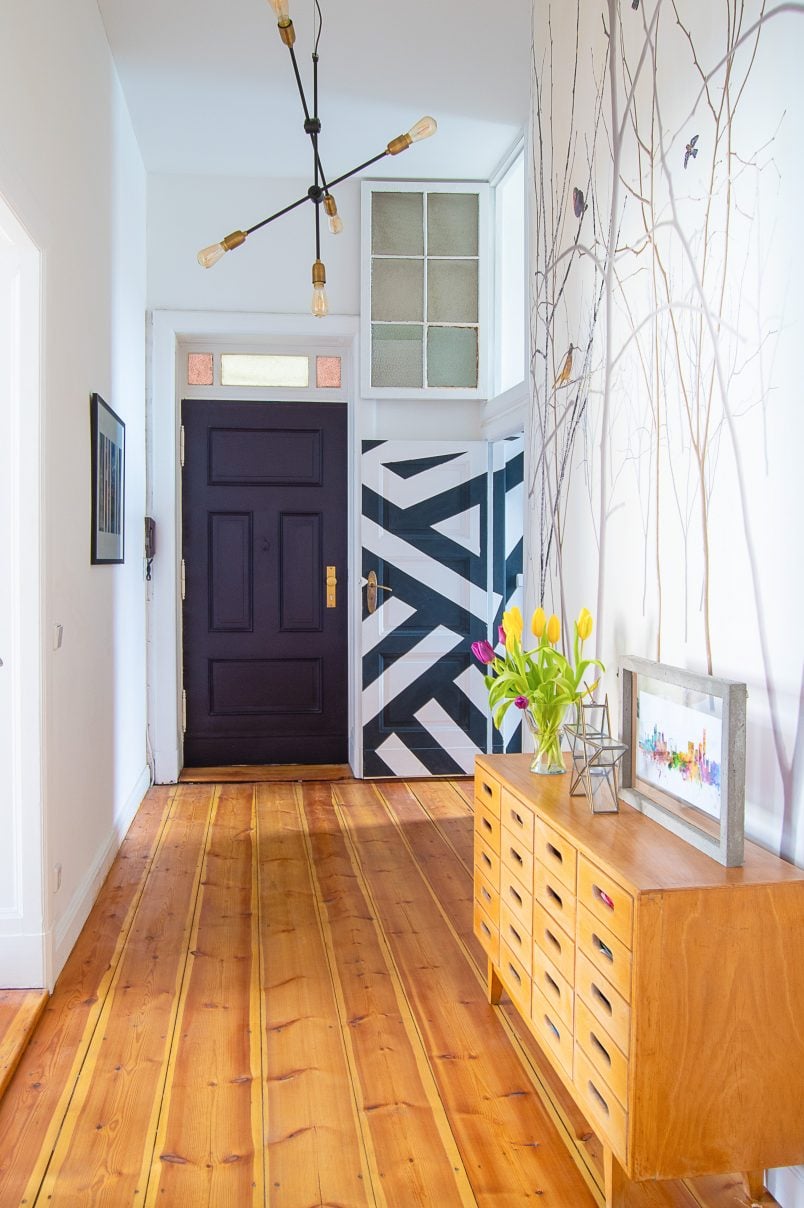
Getting light right is important and don’t worry if you have a dark room or space – there are always choices and options!
Do you prefer light and bright rooms are dark and cosy spaces? What’s your favourite wall colour? Do you have any tips for getting creating a light and bright space?


Leave a Reply